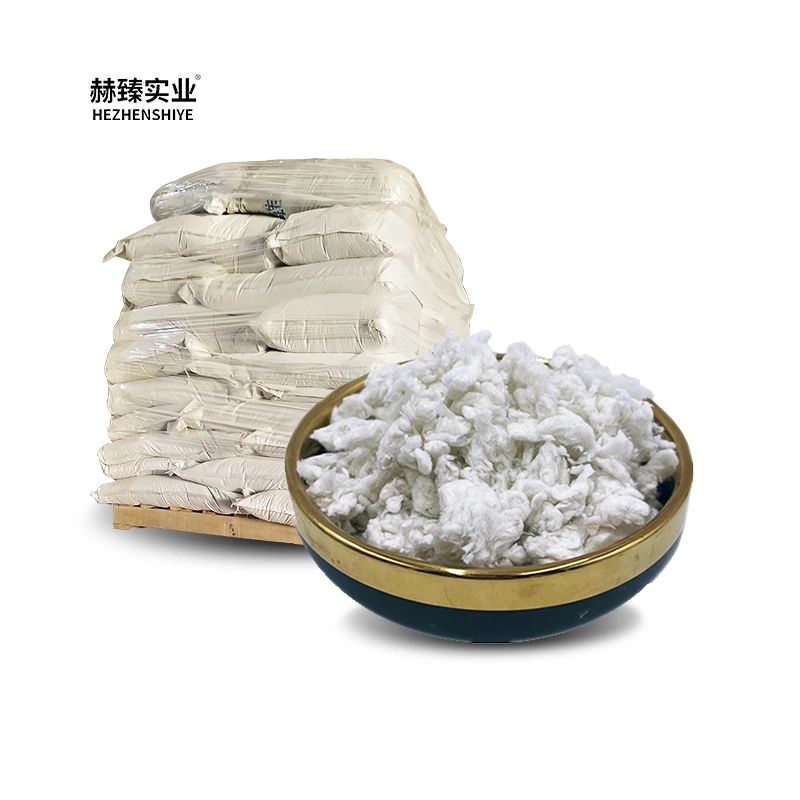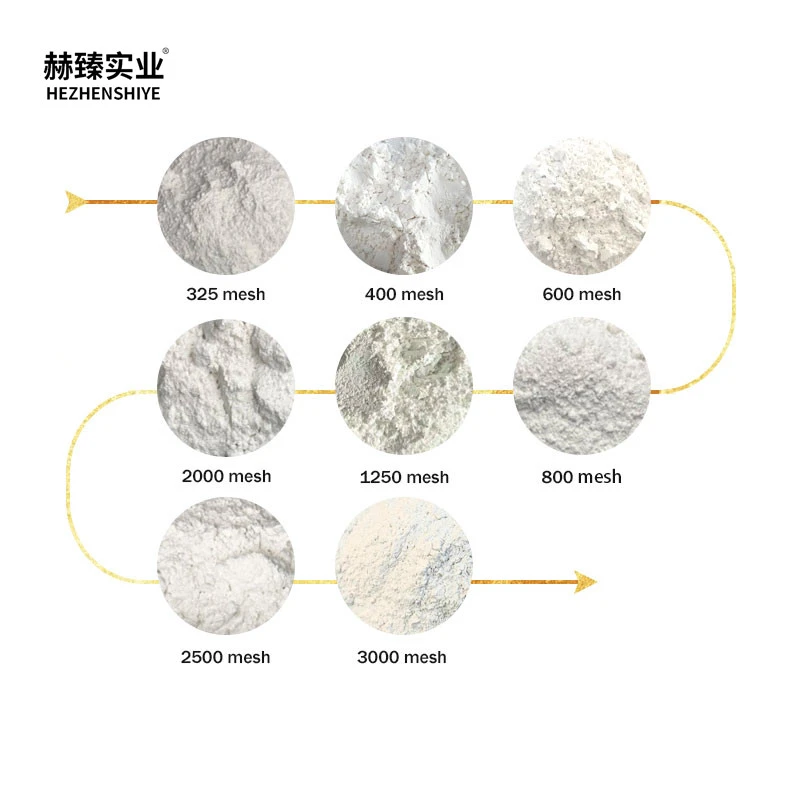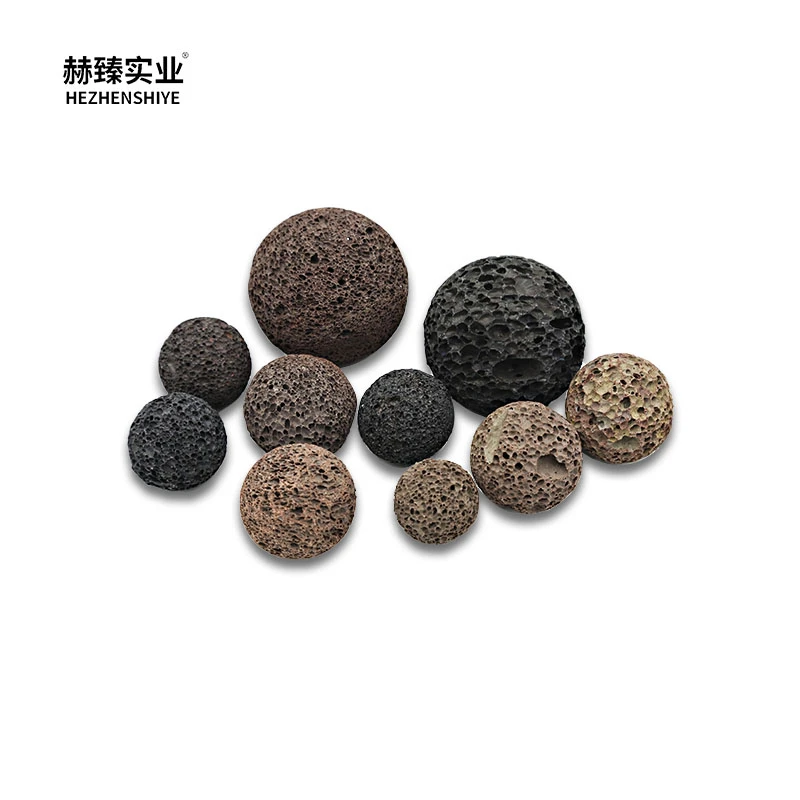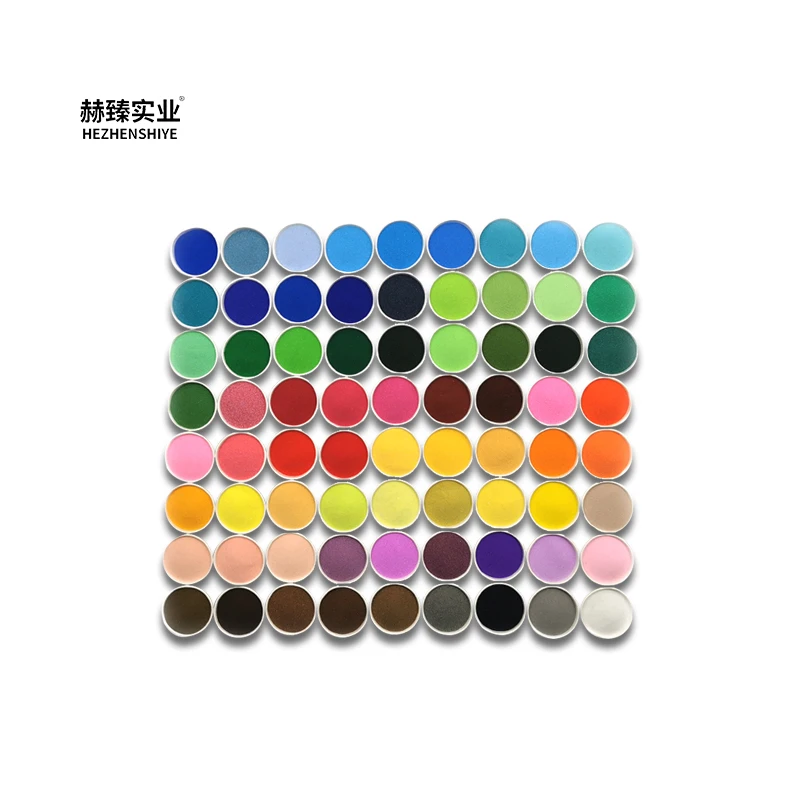Sepiolite Fiber is a highly versatile, natural mineral fiber derived from sepiolite clay, known for its unique physical properties and wide-ranging applications. With its lightweight, high surface area, and exceptional absorbent qualities, Sepiolite Fiber has become an indispensable material in a variety of industries, including construction, environmental management, and personal care. The fiber’s natural ability to absorb moisture, oils, and organic compounds makes it an excellent adsorbent in industrial applications, particularly in cleaning up spills, such as oils and chemicals, where it can quickly absorb and retain liquids. In the construction industry, Sepiolite Fiber is valued for its role as a lightweight filler and reinforcement agent in building materials like plasters, paints, and cement, improving their texture, strength, and durability. It is also used to enhance thermal insulation and fire-resistant properties, making it an essential component in high-performance materials. In environmental applications, Sepiolite Fiber is used in soil conditioning and water treatment processes, where it helps to retain moisture and improve soil structure. Additionally, its non-toxic and biodegradable nature makes it an environmentally friendly alternative to other synthetic fibers and chemicals. The unique fibrous structure of Sepiolite also provides anti-caking properties when used in products like fertilizers and pesticides, ensuring smooth application and storage. Whether used for industrial, environmental, or consumer applications, Sepiolite Fiber’s eco-friendly, multifunctional properties make it a valuable and sustainable material in many sectors.
Fiber Series Advantages
-
1.Natural characteristics+READ MOREOur mineral products retain the purity and originality of nature, providing natural raw materials for various industries.
-
2.Environmental advantages+READ MOREThe production process adopts environmental protection technology to reduce the pollution to the environment, in line with the concept of green sustainable development.
-
3.High performance+READ MOREA variety of mineral products have excellent physical and chemical properties, such as high hardness, high wear resistance, high corrosion resistance, etc.
-
4.Diversified selection+READ MOREWe have a wide range of mineral products, including metals and non-metals, to meet the needs of different fields.
-
5.Customized services+READ MORECustomized mineral products can be provided according to customer needs to meet specific application requirements.
The Role of Sepiolite Fiber in Oil Spill Cleanup: Natural Absorbent Power
Oil spills are a major environmental concern, causing significant damage to ecosystems, wildlife, and coastal areas. Effective and sustainable solutions are crucial for addressing these environmental disasters. One such solution lies in the remarkable absorbent properties of Sepiolite fiber, a natural mineral fiber derived from sepiolite clay. This lightweight, fibrous material has proven to be an excellent tool in the battle against oil spills, offering a natural, eco-friendly method of absorbing and containing oil and other hydrocarbons.
Sepiolite fiber’s primary benefit in oil spill cleanup comes from its high absorption capacity. When exposed to oil, the fiber’s porous structure allows it to rapidly soak up large amounts of liquid, trapping it within its fibers. Unlike synthetic materials, Sepiolite fiber is highly selective in what it absorbs, effectively targeting oils and organic compounds while leaving water behind. This makes it particularly effective in marine environments, where it can be used to clear oil from water surfaces without causing additional contamination.
In addition to its absorbent properties, Sepiolite fiber is non-toxic, making it a safe choice for environmental remediation. Its biodegradable nature ensures that it does not contribute to long-term pollution, unlike synthetic absorbents that may release harmful chemicals into the environment. Furthermore, the fiber’s lightweight nature makes it easy to handle and deploy in both small-scale and large-scale cleanup efforts.
Another advantage of Sepiolite fiber in oil spill management is its cost-effectiveness. Due to its natural abundance and ease of processing, it is a more affordable alternative to other absorbent materials. Sepiolite fiber can be used in sorbent pads, booms, and even spray applications, allowing for versatile deployment in various spill scenarios.
Innovative Applications of Sepiolite Fiber in Agriculture: Soil Improvement and Water Retention
Sepiolite fiber, a naturally occurring mineral fiber, is rapidly gaining attention for its innovative applications in agriculture, particularly in improving soil health and optimizing water retention. With the global challenges of water scarcity and soil degradation, the agricultural industry is increasingly turning to sustainable solutions, and Sepiolite fiber is proving to be a valuable ally in addressing these pressing issues.
One of the most significant benefits of Sepiolite fiber in agriculture is its ability to improve soil structure. When mixed into the soil, Sepiolite acts as a natural soil conditioner, helping to enhance aeration and drainage. Its fibrous nature promotes the formation of pore spaces in the soil, which allows for better oxygen flow to plant roots. This improves root development, increases plant resilience, and reduces the risk of root rot caused by waterlogged soil. Furthermore, by improving soil structure, Sepiolite fiber helps prevent soil erosion, a critical concern in areas prone to heavy rainfall and wind.
In addition to improving soil quality, Sepiolite fiber is highly effective in water retention. The mineral’s natural absorbent properties allow it to hold large quantities of water, making it particularly beneficial in arid or semi-arid regions where water conservation is a priority. By mixing Sepiolite fiber into the soil, farmers can reduce the need for frequent irrigation, as the fiber retains moisture and gradually releases it to the plants. This not only conserves water but also ensures more consistent soil moisture levels, leading to better crop yields, especially during dry spells.
Sepiolite fiber is also an eco-friendly alternative to synthetic water-retention products. Biodegradable and non-toxic, it poses no threat to the environment or plants. By incorporating Sepiolite fiber into agricultural practices, farmers can enhance crop productivity, conserve water, and promote sustainable farming practices, making it a powerful tool in modern agriculture.
-
01
-
02
-
03





 Banner PDF
Banner PDF Get A Quote
Get A Quote


